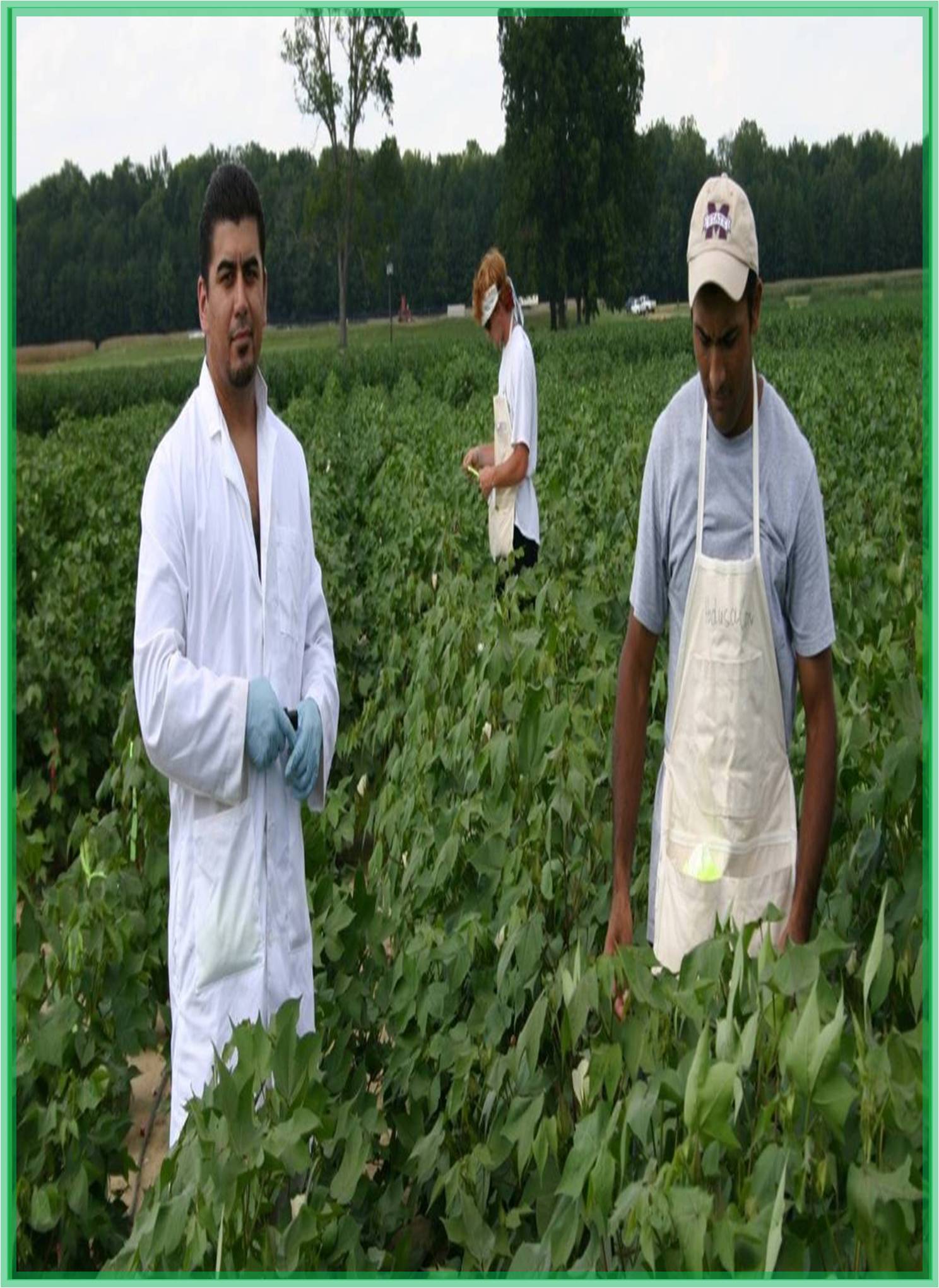



Received: 30-Nov-2022, Manuscript No. GJARR-22-84160; Editor assigned: 02-Dec-2022, Pre QC No. GJARR-22-84160 (PQ); Reviewed: 16-Dec-2022, QC No. GJARR-22-84160; Revised: 23-Dec-2022, Manuscript No. GJARR-22-84160 (R); Published: 30-Dec-2022, DOI: 10.15651/2437-1858.22.10.015
Drip irrigation is a type of irrigation that allows water to drip gently to the roots of plants, either into the soil surface or directly onto the root zone, using a network of valves, pipes, tubing, and emitters. It is also known as trickle irrigation. It does not moisten the entire soil profile like surface or sprinkler irrigation, but only a portion of the soil where roots develop. In other words, it sends water and nutrients straight to the plant roots in the appropriate amount and at the right time, allowing each plant to grow and develop properly. Drip irrigation is 40% more efficient than traditional irrigation since it consumes 40% less water. Usage of fertilizer can also be optimized this manner. Because of globalization of commerce and economic liberalization of policy, contemporary irrigation methods in agriculture have become unavoidable. Because of water scarcity, limited water resources should be used very efficiently using water-saving irrigation technology. As a result, the need of the hour is to optimize production per unit of water. As a result, with limited water supplies, ongoing irrigation growth may be dependent on the implementation of innovative techniques such as pressured irrigation methods. Drip irrigation has proven to be superior to other techniques of irrigation among those pressured irrigation systems owing to the direct administration of water and nutrients in the proximity of the root zone. Improper water and nutrient management has significantly contributed to the present water shortages and pollution problems in many parts of the world, and it is also a huge threat to future food security and environmental sustainability.
Water and nutrients enter the soil through the emitters and move into the root zone of the plants by gravity and capillary action. As a result, the plant's loss of moisture and nutrients is almost instantly restored, ensuring that the plant never suffers from water stress, hence improving quality, its capacity to achieve optimal development, and high yield. Some advantages of drip irrigation involves reduced water usage, healthier foliage, prevention of fungus, prevention of soil erosion, reduction of weeds, minimized nutrient runoff, no requirement of lot leveling and drainage, low pressure work. In reduced water usage water isn't spent on parts that won't be beneficial to the plant by being directed to the root zone.In healthier foliage, the leaves of the plant remain wet for a long time after irrigation due to overhead watering. The discoloration and staining of wet leaves. The leaves of the plants stay dry with drip irrigation. In prevention of fungus, wet leaves can facilitate the spread of fungi like powdery mildew. Drip watering inhibits fungus and keeps foliage dry. In prevention of soil erosion, The amount of runoff is decreased by drip irrigation, which also lessens soil erosion. Reduction of weeds, weeds are less likely to develop in the spaces between the plants since they won't receive water. In minimized nutrient runoff, large amounts of water pouring off the surface of the soil rob the soil of its nutrients. Because drip irrigation lessens runoff, less nutrients are lost. In no requirement of lot leveling and drainage. The soil surface retains a lot of water in typical irrigation configurations.
Adequate site levelling and drainage are required to prevent standing water. Drip irrigation avoids this need because it uses less water and sends water directly to the plant's roots. In Low Pressure Work, for drip irrigation, low pressure is really beneficial. Overhead irrigation systems often require pressure tanks if there are a lot of sprinkler heads. Foliage health increases when plant is watered from above and the leaves remain damp for a long time after irrigation. With drip irrigation the leaves of the plants remain dry and in moist leaves staining and darkening is also observed. Unlike surface and sprinkler watering, wetting pattern in drip irrigation, only wets a portion of the soil surface. This might be as little as 30% of the soil volume wetted by the other techniques.
The wetting patterns formed by dropping water onto the soil are determined by the discharge and soil type. Even if only a portion of the root zone is wet, it is critical to fulfil the crop's total water requirements. Drip irrigation is sometimes assumed to save water by lowering the quantity needed by the crop. The manner of applying water has no effect on crop water usage. Crops only need the correct quantity to thrive. The decreases in deep percolation, surface runoff, and evaporation from the soil are the water savings that drip irrigation may provide. Drip irrigation is not a substitute for other proven techniques of irrigation.
It is simply another method of administering water. It is best suited to places with low water quality, steeply sloping or undulating ground, high water or labour costs, or high value crops that demand frequent water applications. Aside from lowering water usage, drip irrigation also lowers cultivation costs and increases crop output when compared to crops grown using the flood irrigation method. Drip irrigation technologies are becoming more popular since they consume half the amount of water and have a high water usage efficiency.